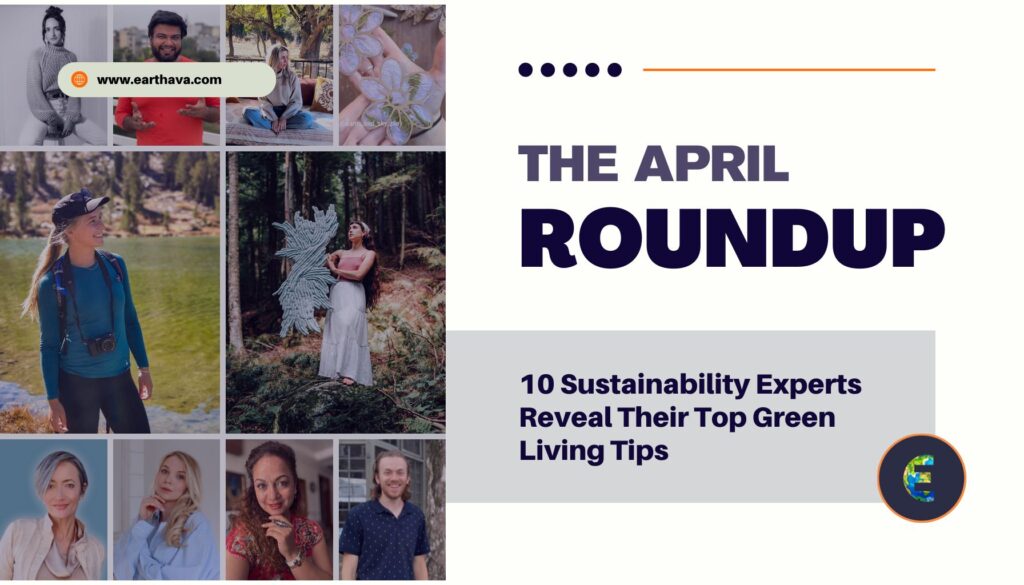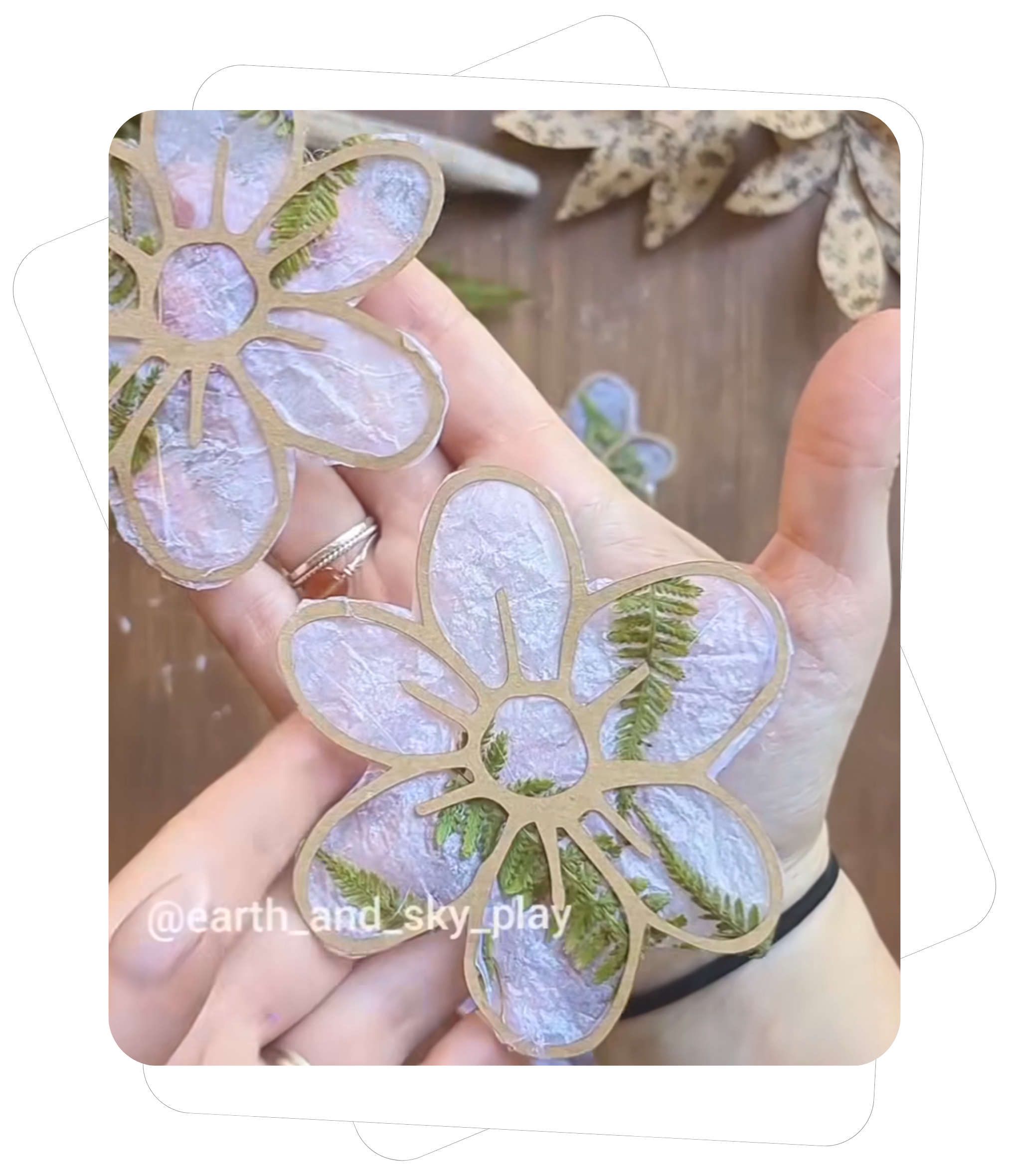Environmental sustainability is now a top priority. The World Economic Forum’s “Nature and Net Zero” report shows that our actions harm ecosystems and human health. Over 99% of people worldwide breathe polluted air, leading to more respiratory illnesses1. Adopting sustainable living can improve our health and the planet’s.
The Environmental Crisis We Face
Climate change and biodiversity loss are major issues. Deforestation and pollution are pushing species to extinction at alarming rates. These problems harm our health and threaten our food, economy, and quality of life1.
How Individual Actions Create Collective Impact
Every small choice can make a big difference. For example, using LED lights and energy-efficient appliances can reduce emissions and save money1. A UN study found these actions can cut carbon footprints and save cash.
Choosing reusable containers or public transit also helps. If 10% of U.S. households make these changes, it could be like removing 500,000 cars from the road.
Moving Beyond Eco-Anxiety to Positive Action
Eco-anxiety is real, but we can take action. Gardening or walking in nature can improve mental health, with studies showing a 30% mood boost1. The Mental Health Foundation suggests spending time in nature to reduce stress.
Begin with small changes: composting, using less plastic, or buying local. Every decision we make can strengthen our communities and show resilience.
Meet Our Panel of Sustainability Pioneers

Behind the 10 sustainability experts who share their top green living tips is a shared dream of a greener world. This group comes from various fields, they bring real-world experience to their insights. They offer simple ways to make a big difference. These tips cover everything from saving energy at home to greener ways to get around.

It’s essential to remember that systematic change often starts at the grassroots level. By acknowledging the imperfections around us and committing to small, consistent actions, we can shift our society for the better. The journey towards greater accountability and respect for our planet and all species that inhabit it not only enriches our individual lives but also serves as a powerful catalyst for change in societal values—one that ultimately seeks to preserve the beauty and safety of our world for future generations. Although change can be challenging due to the emotional, psychological, and social factors that make us cling to familiarity, take green living one step at a time, and remember, with each small and large action, you are helping to create a future we are collectively proud of.

Dani Vodak
Cleaning RebelClean in half the time with half the product.
Is Microfiber Still a Sustainable Cleaning Choice? Just when you thought you’d ditched all those cleaning sprays and wipes for the magic of microfiber, you hear it sheds microplastics. Quite the eco-scandal! The good news? Microfiber can evict up to 99% of bacteria without harsh chemicals. The downside is that it’s made from synthetic materials like polyester, which release tiny plastic fibers every wash.
But don’t toss your microfiber just yet! Compare a 32-ounce bottle of all-purpose cleaner—it lasts 3-6 months, contains unpronounceable ingredients, and has only a 9% chance of being recycled (in the USA)- with a quality microfiber cloth that can last for years and needs only water to do the same job.
A densely woven microfiber cloth sheds less than 0.026 ounces after 200 washes—that’s smaller than an M&M after nearly four years of cleaning! Compared to the mountain of plastic bottles you’d otherwise use, microfiber is still the eco-friendly choice. The biggest impact you can make to reduce marine microplastics is to install a filter on your washing machine to capture them from all your synthetic fabrics before they enter waterways.

Andrew Conboy
EcologistUrban Forester and Restoration Ecologist, Community Canopy Project.
AndrewConboy.com
Do you have an unused patch of lawn in your landscape? Consider turning it into a native plant garden, which will bring numerous ecological, aesthetic, and practical benefits to your life. Native plants provide essential habitat and food resources to declining pollinators like bees, butterflies, moths, and birds. They support your local ecosystem and enhance biodiversity, whereas mowed turf grass and many non-native landscaping plants common in big box stores do not. Additionally, native gardens help reduce soil erosion, improve air quality, and promote carbon sequestration. They improve infiltration, reduce runoff, and help to prevent flooding on your property.
Beyond environmental benefits, native gardens create a naturally beautiful landscape. They add seasonal interest with colorful flowers, vibrant foliage, and wildlife activity. They will reduce your need for pesticides and make your outdoor spaces more soothing and stress-relieving. By landscaping with native plants, you can contribute to local conservation efforts, restore ecosystem function, and enjoy a sustainable, low-maintenance landscape.

Hema Dadhwal
Holistic Wellness & Happiness CoachSustainable Lifestyle Content Creator
As a Holistic Wellness & Happiness Coach and sustainable lifestyle content creator, I believe sustainability starts with small, mindful choices that collectively make a big impact. Here are some of my favorite ways to incorporate green living into everyday life:
1. DIY Lip Tint – Beauty Without Waste: Instead of discarding leftover creams or moisturizers, repurpose them into a natural lip tint. Mix a small amount of cream with a natural pigment, like beetroot powder or crushed rose petals, to create a nourishing, chemical-free lip tint. This simple hack reduces beauty product waste while ensuring every last drop is used effectively.
2. Sustainable Bags – Fashion Meets Eco-Conscious Living: Plastic bags contribute significantly to pollution, but the solution is simple—upcycle old clothes into designer tote bags. With a little creativity, you can turn unused fabric into stylish, durable, and reusable cloth bags. These eco-friendly alternatives not only reduce waste but also add a personalized touch to sustainable fashion.
3. Say No to Plastic Bottles – Carry Your Own Reusable Bottle: Single-use plastic bottles are one of the biggest environmental hazards. A simple switch to a glass or stainless-steel water bottle can drastically reduce plastic waste. Carrying your own bottle ensures you stay hydrated while minimizing your environmental footprint.
4. Upcycling Glass Bottles – Turning Waste into Art: Instead of discarding wine or whiskey bottles, transform them into elegant lampshades. By customizing them with family pictures, artwork, or intricate designs, these upcycled bottles serve as unique home décor pieces while promoting sustainable living. This not only reduces waste but also opens doors for creative, eco-friendly business opportunities.
5. Conscious Daily Habits – Small Steps, Big Impact: Sustainability isn’t just about big changes—it’s about everyday mindfulness. Simple actions like turning off lights and air conditioning when not in use, avoiding water wastage, and being conscious of consumption habits can collectively create a huge positive impact on the planet. Small, consistent efforts can lead to lasting change.
By adopting these sustainable practices, we can all contribute to a greener planet. Sustainability is not about perfection but about progress—one mindful step at a time!

Julia Hunt
Content CreatorAdvocate for Mindful Living
Be intentional with what you bring into your home. Before making a purchase, ask yourself: Do I truly need this? Will it add value to my life without adding waste? Every item we buy has an environmental cost—from production to packaging to disposal. Choosing quality over quantity, opting for reusable alternatives, and supporting brands that prioritize sustainability can make a significant impact over time. Small changes, like swapping single-use plastic for glass or stainless steel, repurposing what you already own, and buying secondhand when possible, can collectively reduce waste and overconsumption. Sustainability isn’t about perfection—it’s about making mindful choices that align with your values and benefit the planet.

Use What You Already Have. One of the simplest yet most impactful ways to live sustainably is to use what you already have. Before buying something new, take stock of what’s already in your home—you might be surprised by how often you can repurpose, repair, or make do with what you own. This mindset helps break the cycle of overconsumption, reducing waste, saving money, and ultimately lowering your environmental footprint. Whether it’s upcycling old clothes, getting creative in the kitchen with pantry staples, or finding new uses for jars and containers, embracing what you have fosters a more resourceful, mindful way of living. Sustainability isn’t about perfection—it’s about making thoughtful choices that add up over time.

One of the simplest ways to live more sustainably is by reducing food waste. Food waste isn’t just about tossing leftovers—it also represents wasted water, energy, and resources used to grow, transport, and store food. It is also a major contributor to greenhouse gas (GHG) emissions—specifically methane, which is released when organic material decomposes without oxygen in landfills. According to the UNFCCC, food loss and waste (FLW) make up 8-10% of annual GHG emissions—nearly five times that of aviation. Plus, it’s a waste of money.
Here are a few quick tips to cut down on waste:
- Revive limp carrots and celery by soaking them in cold water.
- Keep leafy greens fresh by storing them with a dry paper towel or light cloth in the bag to absorb excess moisture.
- Store green onions upright in a jar of water.
- When in doubt, freeze it—bread, ginger, berries, avocados, tomatoes, and more. Small habits like these help prevent food from going bad, saving both your groceries and the environment.

My main tip on Green Living as a sustainable Stylist/ Eco Dedigner is EVERYTHING has multiple uses! I like to take time to look at items I might be considering getting rid of or donating and think about what else they could be!




Like vintage ceiling fan blades turned into hooks for my front entryway!
Or a diaper changing table turned bar cart!
Or an old fireplace screen turned into a headboard!
Even an old filing cabinet turned into a planter/side table!
Simple little changes we can make when we rework things can make a big difference & help keep things out of a landfill! Plus, it’s fun & saves a ton of money!

Anuj Ramatri
An EcoFreakI’m Anuj Ramatri, and one of my top green living tips is something very simple — I don’t use tissues at all. It might seem like a small thing, but it helps reduce deforestation in a big way. Millions of trees are cut every year just to produce single-use paper products like tissues, and avoiding them has been one of the easiest and most impactful switches for me. I use cloth napkins or just wash up — it works just as well and is way more sustainable. Another thing I avoid is leather. Choosing not to wear or use leather makes me feel lighter — knowing that no one had to die or suffer for my choices. Green living, to me, isn’t just about saving the planet; it’s about living with kindness and mindfulness every day.

Anna
Nature-inspired crafterAs a keen crafter and mother of two, one of my top green living tips is to use what you already have around the house and in your recycling stash! Think egg cartons, packaging paper, kitchen rolls, and even bits of plastic packaging. There’s so much potential in everyday items we’d normally throw away! One of my favourite projects is crafting flowers from egg cartons. All you need is glue, paint, and a little imagination. It’s a simple way to brighten your home, spend time together as a family, and keep little hands (and grown-up ones) busy.
Remember, it doesn’t need to be perfect. If something doesn’t work out, grab another piece of cardboard and try again. Make it mini, make it giant, just make it yours. The joy is in the process, and you may surprise yourself with the outcome.
For more ideas, you can check out my main channel over on Instagram: @earth_and_sky_play
How to Inspire Others on Your Sustainability Journey
Starting conversations about sustainable living practices is key. It’s important to talk about eco-friendly choices in a friendly way. For example, telling how upcycling glass bottles into lights cuts down landfill waste by 20% each year2 makes a big impact.
- Use stories: Share how a neighbor made reusable bags from old fabric, cutting down textile waste by 15%2.
- Showcase partnerships: Work with local groups for clothing swaps, helping reduce the 11 million tons of U.S. textile waste yearly.
- Share tools: Guide friends to sites like Sustainably Chic or Small Footprint Family for easy steps3.
Open dialogue creates ripple effects—like P&G’s transparency initiatives that turned one idea into industry-wide change4.
Start with small actions: Host a zero-waste potluck using Earth911’s recipes3, or encourage carpooling to cut carbon emissions by 20% per person4. Focus on community, not competition, like Inhabitat does with viral trends3. Show off eco-friendly lifestyle choices, like fixing gadgets instead of buying new ones, to invite others without pressure. Every shared tip or DIY project moves us closer to a greener future, proving that sustainability grows through connection, not alone.
Conclusion: Transforming Expert Advice into Everyday Action
Every action we take matters. Small steps like using energy-efficient bulbs or carrying reusable bags help a lot. These actions lead us closer to our big environmental goals.
Experts tell us we don’t need to be perfect to live sustainably. Simple actions like composting or using public transport reduce waste and pollution. These steps are backed by sustainability leaders5. Begin by replacing single-use plastics, a change that’s easy for most families6.
Sharing tips on living sustainably helps us all. Make choices that respect our planet. Joining local cleanups or planting trees makes a bigger difference. Online platforms help us work together, reducing paper waste and boosting engagement7. Use apps or local projects to track your progress and stay inspired.
FAQ
What are some practical steps I can take for sustainable living?
Begin by saving energy at home. Also, recycle and compost to cut down on waste. Choose sustainable foods and use bikes or public transport. Every small step helps a lot.
Why is sustainability important in today’s world?
Sustainability is urgent due to big environmental problems like climate change and biodiversity loss. Our actions can make a big difference together. They help save the planet and fight these crises.
How can I implement green living practices on a budget?
Living green doesn’t have to cost a lot. You can save water, avoid single-use items, and make your home more energy-efficient. These changes are good for the planet and your wallet.
What are common misconceptions about recycling?
Many think all plastics can be recycled. But it’s key to know what can be recycled and how to recycle properly.
How can I inspire others to adopt sustainable practices?
Share your green living stories in a friendly way. Show how you live sustainably and build supportive groups. This encourages others to join your green journey.
What emerging technologies should we be aware of in the context of sustainability?
How do individual actions contribute to larger sustainability goals?
When lots of people live sustainably, we see big changes. For example, cutting down food waste helps the environment a lot. It reduces landfill use and lowers harmful emissions.


